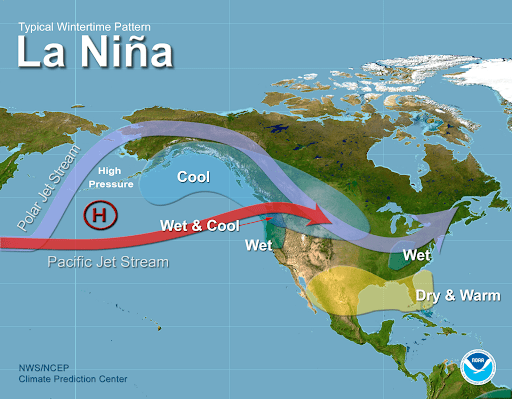Today, September 6, the 2022 State of the Climate report was released by the American Meteorological Society, showing greenhouse gas concentrations, global sea levels, and ocean heat content reached record highs in 2022.
This report is an international annual review of the world’s climate, led by scientists from NOAA’s National Centers for Environmental Information and published in the Bulletin of the American Meteorological Society (AMS). It is based on contributions from more than 570 scientists in over 60 countries and provides the most comprehensive update on Earth’s climate indicators, notable weather events, and other data collected by environmental monitoring stations and instruments located on land, water, ice, and in space.
A number of researchers at NOAA’s Atlantic Oceanographic and Meteorological Laboratory (AOML) contributed to the report by communicating the impacts of the Earth’s warming and changing environments in Chapter 3 “Global Oceans.” AOML’s Physical Oceanography Division Director, Dr. Rick Lumpkin, is a co-editor of the Global Oceans chapter, alongside Dr. Greg Johnson of NOAA’s Pacific Marine and Environmental Laboratory.
Chapter 3, “Global Oceans,” documents the “triple-dip” La Niña in the equatorial Pacific Ocean that began in mid-2020, with a short break in 2021, and continued through all of 2022. The three consecutive years of La Niña conditions—an unusual “triple-dip”—had widespread effects on the ocean and climate in 2022. La Niña tends to decrease annual sea surface temperatures on the global scale. However, 2022 was still among the six warmest years on record and the warmest La Niña year, surpassing the previous record set in 2021.

The ocean has stored ~91% of the energy gained by Earth’s climate system over the last half century and, due to this the global ocean heat content, continued to increase and reached record highs in 2022. Additionally, the annual average global mean sea level reached a new record high in 2022 at 101.2 mm above the level in 1993, the year in which satellite altimetry methods began.
AOML researchers also contributed to the Tropical Cyclone Heat Potential section of Chapter 4, “Tropics.” This section presents the state of the Tropical Cyclone Heat Potential (TCHP) during 2022, with a focus on the seven regions where tropical cyclones occur. TCHP is an indicator of the available heat stored in the upper ocean that can potentially induce tropical cyclone intensification. The section provides a discussion of the TCHP state in 2022 compared to 2021 and to the long-term average. It also discusses the possible effects of this parameter on tropical cyclone activity observed globally during the 2022 hurricane season.
Research and synthesis by researchers from AOML and other institutions appearing in the 2022 State of the Climate report contributes to the body of research that documents our changing climate and can be used to inform further research, policy decisions, and management actions.
AOML authors include Tiago Bilo, Francis Bringas, Leah Chomiak, Shenfu Dong, Gustavo Goni, Rick Lumpkin, Claudia Schmid, Joaquin Trinanes, Denis Volkov, Rik Wanninkhof, and Stanley Goldenberg.
NOAA’s full press release can be found here.
